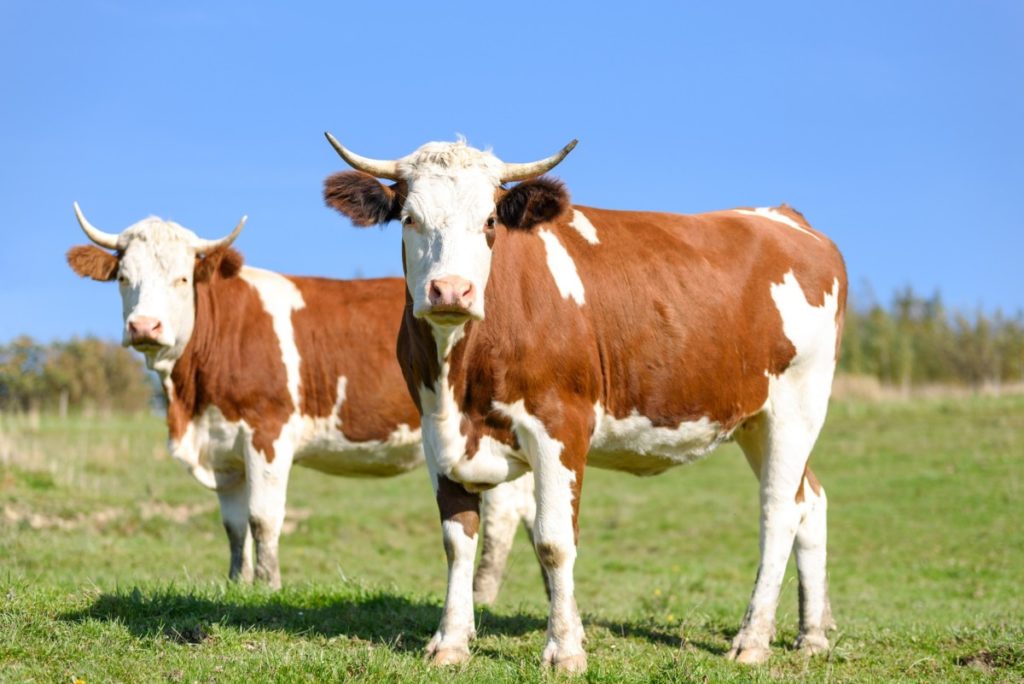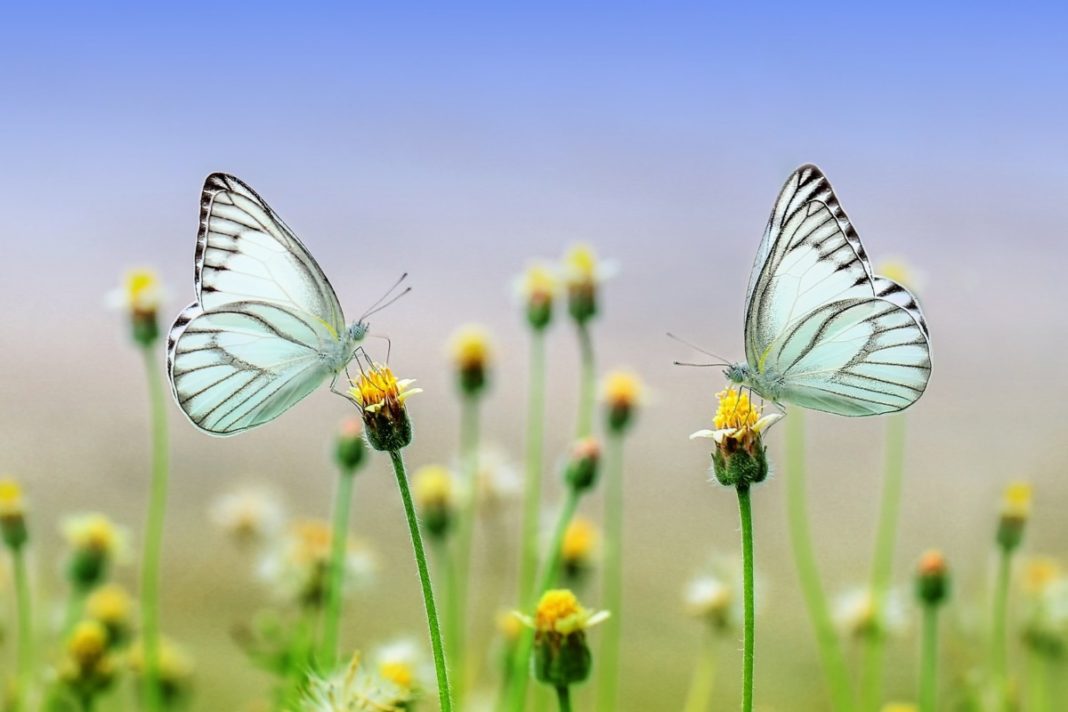A new report by Living Planet Report Netherlands, published by the World Wildlife Fund, shows that wild animal populations in the Netherlands have halved in number since the 1990s, NU.nl reports.
The report concludes that while the situation is dire with some animal species, there is still space to make amends, especially by cutting down nitrogen levels.
The problem with nitrogen
Nitrogen is precipitated in the environment principally due to livestock farming. It causes a feedback effect in which plants needed for the survival of insects and butterflies are then taken over by plants and weeds who are into nitrogen, then leading to a decline of insect species, which in turns affects birds who eat the insects or other insect-eating animals. Examples of bird species given in the report which are threatened include the tree lark and the black grouse. Other species, like the dune pipit, have become virtually extinct.

In some regions, animal populations have decreased by 70% of their initial numbers. The report concludes that in the Netherlands, it is the nitrogen that is one of the main factors in the endangerment and extinction of animals.
Butterflies heavily affected in agricultural areas
Due to the practices of intensive agriculture, monoculture, and the usage of pesticides, species like butterflies have been hard hit in large agricultural areas. This news sits amidst the broader context worldwide of an insect apocalypse, as industrial agriculture has led to the near-collapse of not only butterflies, but entire insect populations around the globe. This is a worrying development, as insects are a crucial part of the ecosystem and many other animals and plants depend on them for survival.
Some cause for hope as improvements are also present
The report, however, does point out to some improvements in some areas in the Netherlands, especially in forests, which have become more diverse in their tree species, thus facilitating greater biodiversity for animals as well. The report gives the example of forests located on sandy terrain, which have been recovering from the nitrogen precipitation, with some areas recovering their animal populations by up to 24%.
Overall, there are still ways of restoring the environment, especially by cutting down on nitrogen emissions and moving towards more sustainable practices in agriculture. But if the government wants to do that, they will need to find a way to get the farmers to agree– which as yet they have distinctly refused to do.
Should the government implement stronger policies to prevent the loss of biodiversity? Let us know in the comments.
Feature Image: ROverhate/Pixabay


